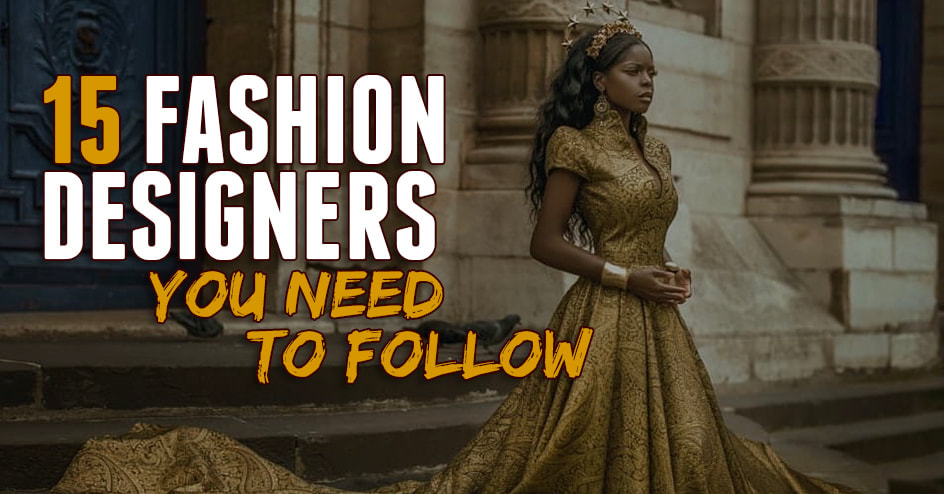NFTs and Photography. Is it worth it? From blockchain and cryptocurrency to Ethereum and bitcoin... how do NFTs fit into this relatively new world of digital transactions & Photography? To understand how NFTs (non-fungible tokens) are impacting the world of digital photography and other forms of art, we first need to understand exactly what an NFT is within a wider context. An NFT is a non-fungible token. Already, things might be getting a little confusing, since ‘fungible’ is likely not part of your standard daily lexicon. Essentially, ‘non-fungible’ means that it cannot be swapped for anything else. Each of these tokens is completely unique, so NFTs do not work in the same way that regular cash works. You would easily be able to swap a one-dollar bill for another dollar bill, and have exactly the same item at the end of the transaction. Its value and appearance will remain constant. So, NFTs are digital tokens that comprise unique pieces of information. This could be anything from artwork to photos or a piece of music you have created. How do NFTs work? A non-fungible token usually belongs to the Ethereum blockchain. Again, if you are unfamiliar with this topic, you may need to take a few hefty steps back in order to understand what this means. A blockchain, at its core, is a digital database that stores records of transactions in chronological order. It is a verified record book of digital transactions that is permanently viewable to anyone, and not centrally owned by any organization. Blockchain is an extremely secure way of storing digital information and transactions. Since each ‘block’ of information is ‘locked away’ when it is full, it will usually not need to be touched again. If a hacker were to try and steal data from a blockchain, they would need to make noticeable changes to a past ‘block’ of information. Others would be alerted to these changes. Cryptocurrencies such as bitcoin make use of a blockchain to record all transactions and store the currency securely - away from a central bank or other organization. So, as stated before, many NFTs belong to a blockchain called Ethereum. As well as being a cryptocurrency, Ethereum is a blockchain that supports NFT transactions. Almost anything can be turned into an NFT and sold, one example of something you wouldn't expect that has been made into an NFT would be Twitter founder Jack Dorsey’s first-ever tweet. The tweet has fetched over $2.5 million after being sold on a platform called ‘Valuables’. Although this tweet will remain publicly viewable on Twitter, there was a bidding war that resulted in this NFT going to Sina Estavi - a blockchain founder from Malaysia. He received a signed digital certificate and all metadata related to the tweet. Interestingly, Estavi compared the tweet to classic pieces of art: “I think years later people will realize the true value of this tweet, like the Mona Lisa painting”. Dorsey’s first tweet is certainly a landmark moment in the history of the human digital age, and could even be considered a work of art in its own right. But, how can NFTs integrate with other artwork, including digital photography? Can digital photography benefit from the rise of NFTs? As a digital photographer, the increasing use of NFTs to trade artwork could certainly be arousing your interest. There are definitely some benefits to consider when it comes to selling your photos in NFT form:
Even better, you get to maintain your copyrights over the image. This changed the way artists and creators make money from their work. There’s no longer the need for agencies, intermediaries, or other parties. NFTs are designed to give the buyer ownership of the work, but the photographer retains copyright and reproduction rights. So, even if someone else owns the original art piece (NFT), you still maintain copyrights to the image. It’s a win-win. Also, NFTs have an interesting feature for photographers. Just like trading sports cards you can trade NFTs for more bitcoin in the future. This means someone can buy an NFT of your work for let's say $200 and then sell it later for more if it becomes more valuable in the future. This isn't necessarily a bad thing because you can add a royalty fee to your selling price. This way you get paid a percentage every time the NFT of your photo is sold or changes hands. This means, if your NFT goes “viral” and balloons in value, you’ll still see some of that value and benefit from it. Another great example is Bryan Minear, a landscape photographer based in Michigan, who did an NFT drop with Bitski featuring five photographs ranging from $200 to $2,500. Within 10 minutes, he sold out of nearly everything! Bryan has also sold a photo for 3 ETH...... That's $7,033.89!!
There are some drawbacks to consider when it comes to selling digital photography in the form of NFTs, however:
1 Comment
2/18/2022 10:45:17 am
The NFTs digital form, they can often be sent alongside physical documentation that verifies the photo. Collectors can feel confident in the authentic and secure nature of NFTs, Thank you for the beautiful post!
Reply
Your comment will be posted after it is approved.
Leave a Reply. |
Author Lance Reis
Most Popular Articles
27 Posing ideas for women
27 Posing Ideas for Men Location Scouting 33 Must See Castles in the US How to grow your Instagram Low Light Photography Tips Photography for Beginners Free Resources Take Better Cosplay Photos Categories
All
|









 RSS Feed
RSS Feed
